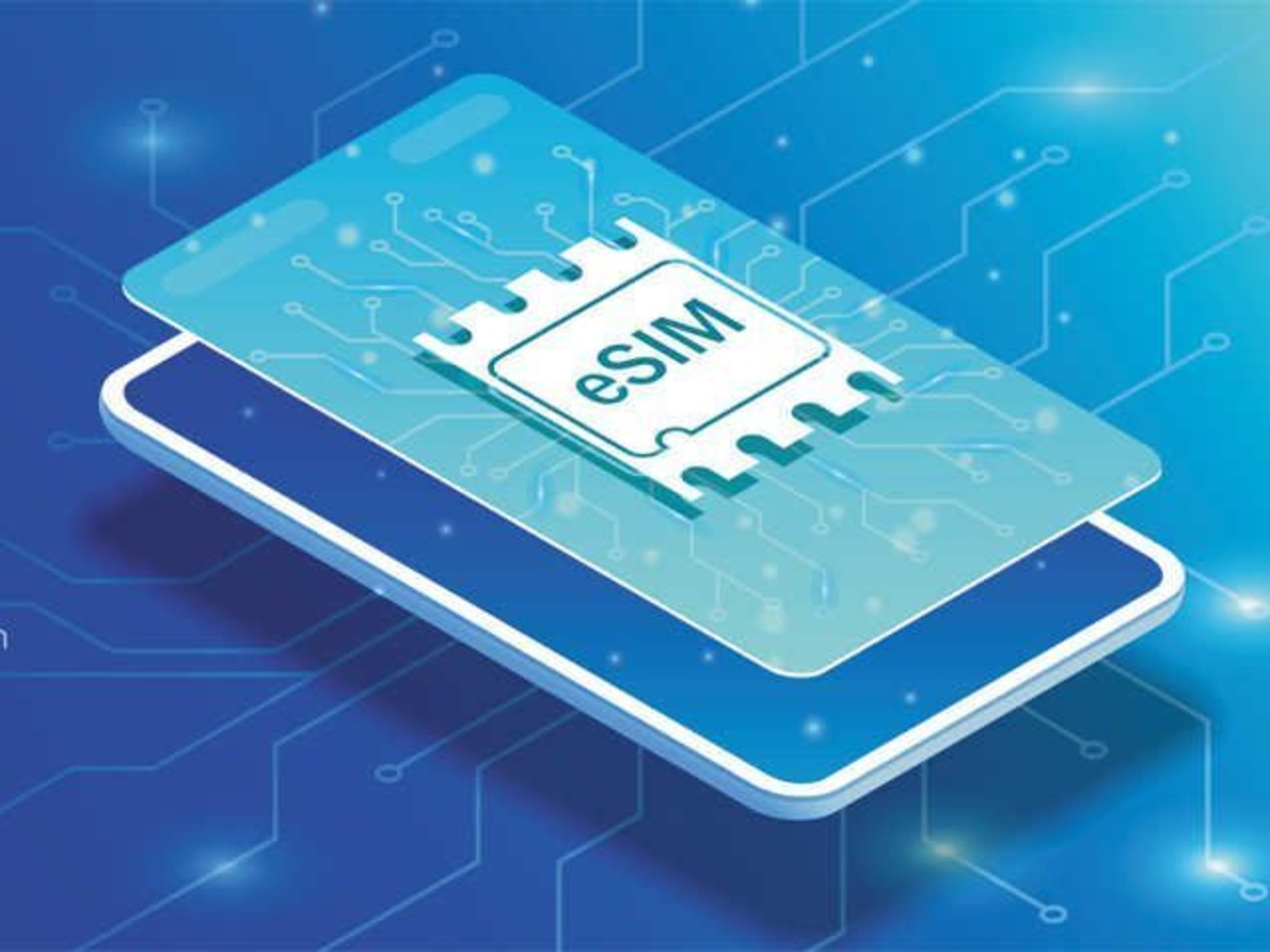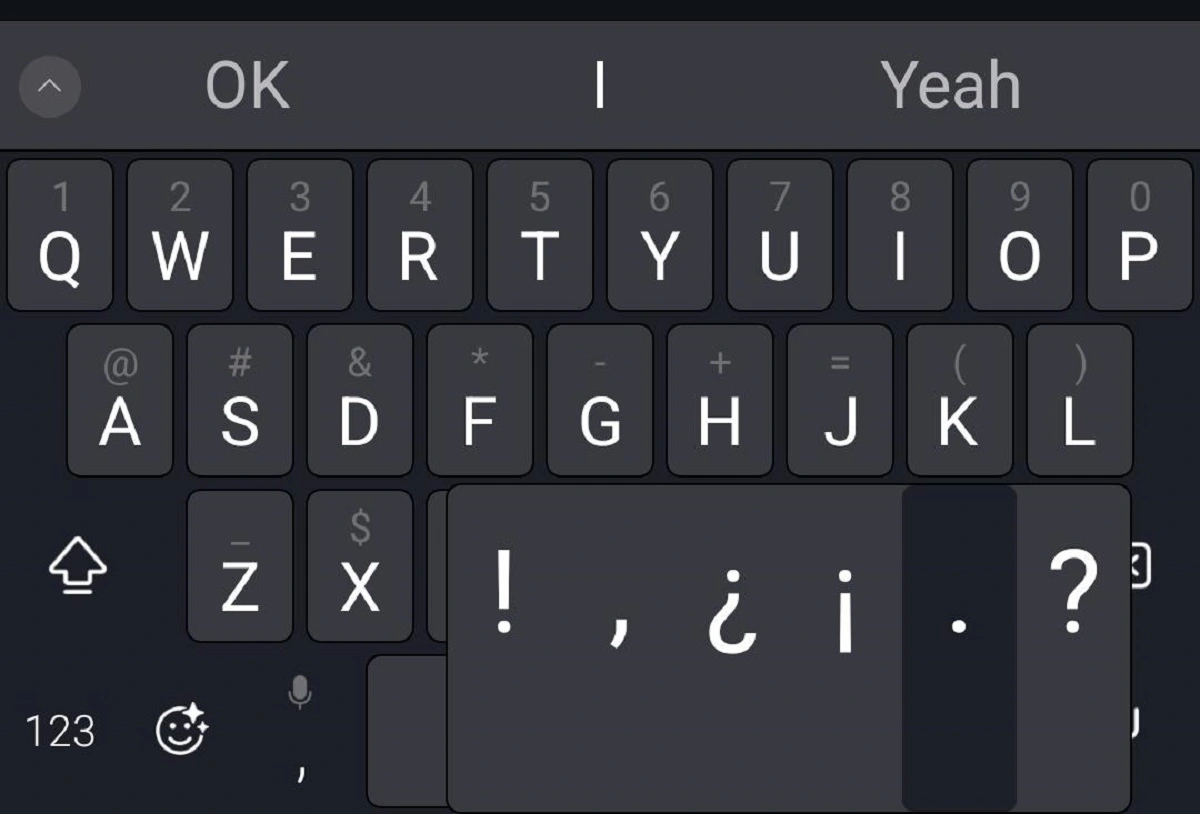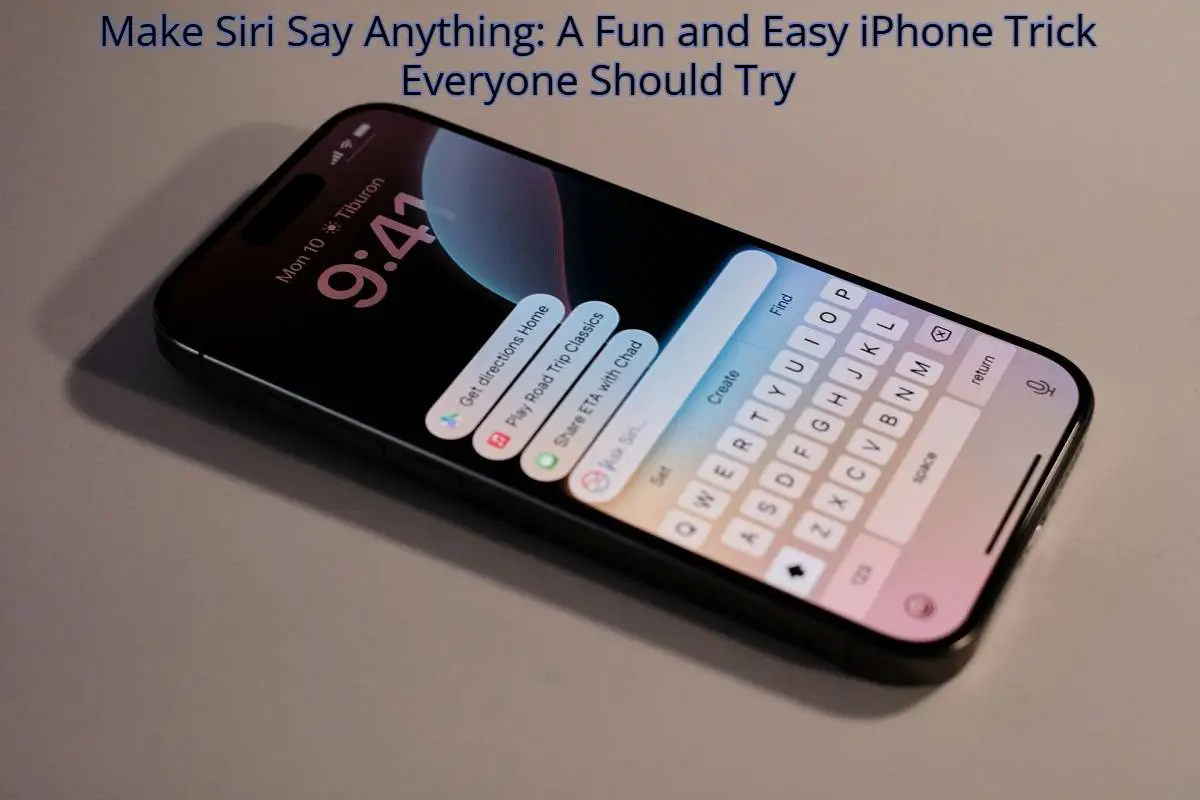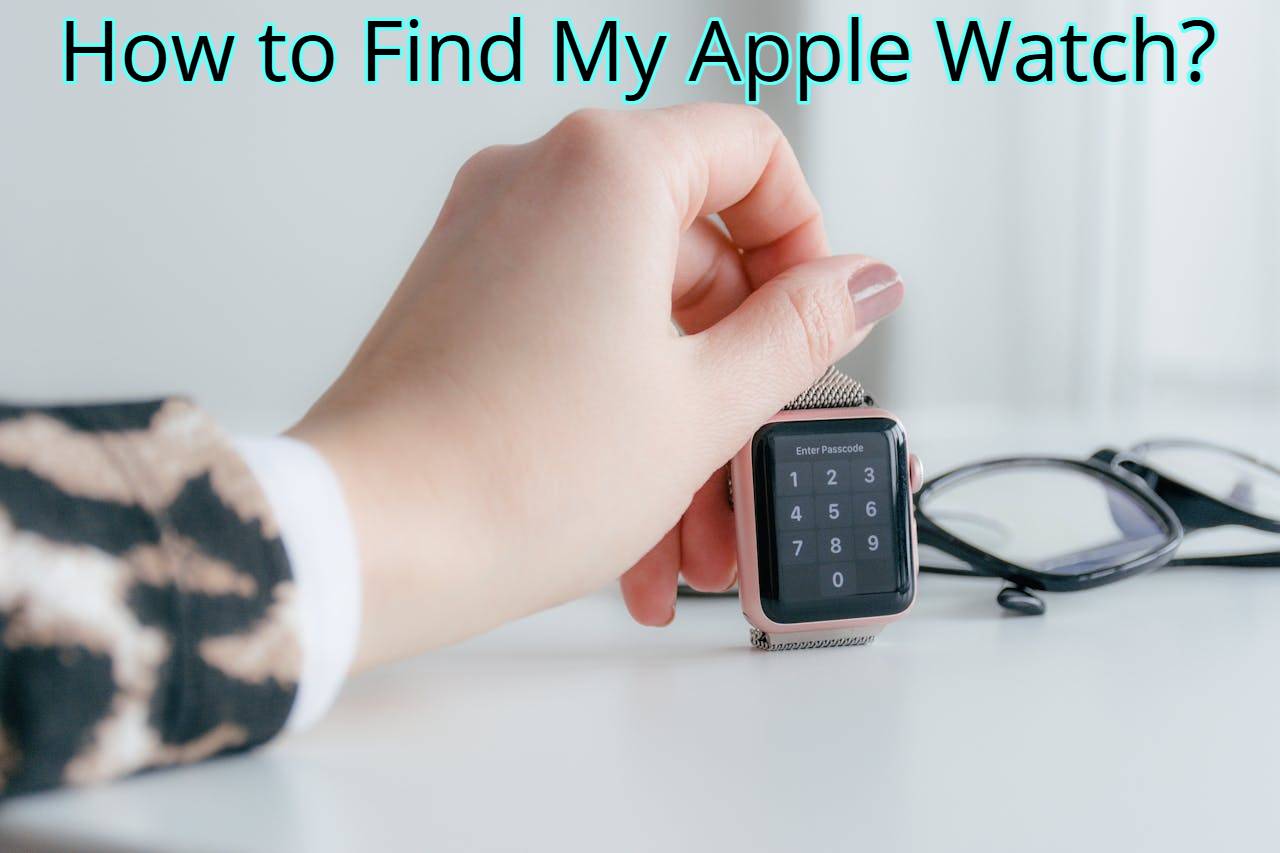Why convert to eSIM? With an eSIM, changing mobile service providers is straightforward. You may change your network provider without ordering a new SIM card, waiting for it to arrive, and then putting it into your phone by simply making a phone call or going online. No SIM “ejector tool” or another similar device will be required to remove the old SIM from your phone.
It stores data (such as your phone number) and enables functions (including making and receiving calls, sending and receiving messages, and accessing the internet) on your mobile device. There is no need to place a physical SIM card into your phone anymore thanks to inbuilt eSIM technology. eSIM allows you to activate and store several phone numbers digitally.
What Does “Convert To eSIM” Mean?
An electronic SIM, or eSIM, is a digital SIM card used in place of a physical SIM card when activating a mobile phone service plan. One iPhone can accommodate up to eight eSIMs, allowing for the usage of two phone numbers simultaneously.
An eSIM may save data that you overwrite in the future. This implies that you may switch networks without needing to remove your SIM card and enter a new one.
It will likely take some time before eSIMs replace conventional SIM cards. eSIMs are now more popular as secondary SIM on a dual-SIM smartphones. Learn how to remove or insert a SIM card in your iPhone.
Pros & Cons of eSIM
Converting to eSIM has some advantages, but it also has a few disadvantages.
What Are The Advantages Of An eSIM?
- Changing networks is less of a hassle. With an eSIM, changing mobile service providers is quick and painless. You may change your network provider without ordering a new SIM card, waiting for it to arrive, and then putting it into your phone by simply making a phone call or going online. No SIM “ejector tool” or another similar device will be required to remove the old SIM from your phone.
- For now, you are free to use any other network that is available. One electronic SIM may hold the equivalent of five physical SIM cards. If you’re in a spot where your regular network doesn’t operate, you may instantly switch to another one.
- Additionally, this feature facilitates switching to a local network when abroad without inserting a local SIM card physically. Using a local cell network may be more cost-effective rather than incurring expensive roaming fees while calling home from overseas. Your UK SIM card will be safer if you don’t take it out of your phone.
- Permits the use of several SIM cards. Dual-SIM phones have the same benefits, including slots for both eSIMs and physical SIM cards. how to get the sim number of your iPhone.
- This is an excellent solution if you need two different numbers for work and pleasure but want to avoid lugging around two phones. You may pick which SIM to use for making calls, sending texts, or accessing data, and both numbers will work simultaneously for receiving calls and texts.
- Takes up less room on the phone itself. Electronic subscriber identity modules (eSIMs) also provide the benefit of someday removing the need for a physical SIM card and its tray.
Disadvantages Of Using An Esim?
However, eSIMs have a few possible drawbacks.
- The inconvenient lack of speedy device swapping. The SIM card in your current phone may be removed and used in another device, so you won’t lose your contacts even if your phone breaks.
- Even while the cloud makes it simple to move data like numbers from one device to another, this will be considerably more difficult to do with an eSIM.
- There’s no place to go. If you’re worried about your location being monitored, the fact that an eSIM is permanently installed on your smartphone may be a drawback. This might be a disadvantage, but it could also be a benefit since it makes it harder for criminals to conceal the identity of a lost phone.
Here’s How To Convert To Esim?
- Changing your SIM card to an eSIM is as easy as adjusting a few settings in the device’s Settings menu if your carrier supports the feature.
- To enable mobile or cellular data, use the settings menu. What you can choose from varies based on where you are in the world.
- Then, next to your carrier details, you should see the option to “Convert to eSIM” if your network enables it. The absence of this menu item indicates that your carrier does not support the conversion process from settings.
- To finish the process, choose ‘Convert Cellular Plan’ on the resulting Convert to the eSIM page.
- A dialogue box asking for approval will show up. To confirm, click the ‘eSIM conversion’ button.
- When activating an eSIM, the display will indicate “Activating,” and it might take a few minutes to finish.
- Once activation is finished, detach the SIM card from the iPhone using the SIM card extraction tool and reboot the device.
- Push the lock and volume up keys simultaneously until the “Slide to Turn Off” option appears, and then release to reboot the iPhone. To power down the iPhone, glide your finger over the slider. Please hold the power button until the Apple logo displays, and then release it to turn the device back on.
- If you need help finding Convert to eSIM in your device’s settings, it’s time to contact your service provider. You may do this through text message or phone call; specific instructions are available on your provider’s website. Afterward, they’ll start the conversion procedure.
Conclusion
You have read every single detail on how iPhones convert to eSIM. You may transfer your existing phone number to your new iPhone using eSIM Carrier Activation or by utilizing a QR code provided by your carrier if you’re transitioning from Android.




